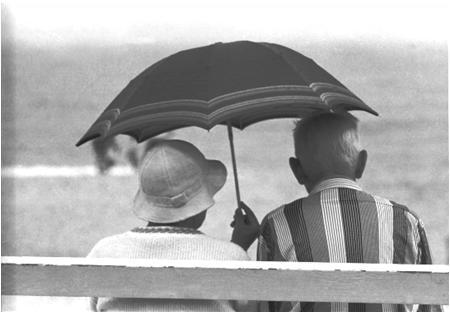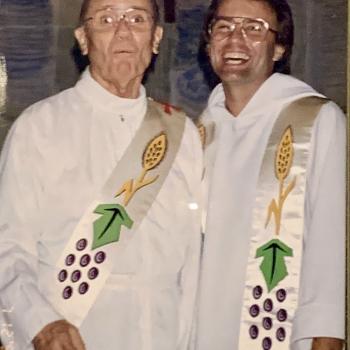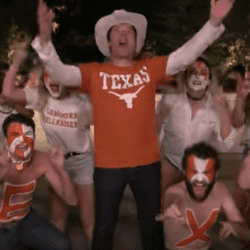Science is showing that the head and the heart may share a closer connection than we may realize:
As the most social apes, we inhabit a mirror-world in which every important relationship, whether with spouse, friend or child, shapes the brain, which in turn shapes our relationships. Daniel J. Siegel and Allan N. Schore, colleagues at the University of California, Los Angeles, recently discussed groundbreaking work in the field at a conference on the school’s campus. It’s not that caregiving changes genes; it influences how the genes express themselves as the child grows. Dr. Siegel, a neuropsychiatrist, refers to the indelible sense of “feeling felt” that we learn as infants and seek in romantic love, a reciprocity that remodels the brain’s architecture and functions.
Does it also promote physical well-being? “Scientific studies of longevity, medical and mental health, happiness and even wisdom,” Dr. Siegel says, “point to supportive relationships as the most robust predictor of these positive attributes in our lives across the life span.”
The supportive part is crucial. Loving relationships alter the brain the most significantly.
Just consider how much learning happens when you choose a mate. Along with thrilling dependency comes glimpsing the world through another’s eyes; forsaking some habits and adopting others (good or bad); tasting new ideas, rituals, foods or landscapes; a slew of added friends and family; a tapestry of physical intimacy and affection; and many other catalysts, including a tornadic blast of attraction and attachment hormones — all of which revamp the brain.
When two people become a couple, the brain extends its idea of self to include the other; instead of the slender pronoun “I,” a plural self emerges who can borrow some of the other’s assets and strengths. The brain knows who we are. The immune system knows who we’re not, and it stores pieces of invaders as memory aids. Through lovemaking, or when we pass along a flu or a cold sore, we trade bits of identity with loved ones, and in time we become a sort of chimera. We don’t just get under a mate’s skin, we absorb him or her.
Love is the best school, but the tuition is high and the homework can be painful. As imaging studies by the U.C.L.A. neuroscientist Naomi Eisenberger show, the same areas of the brain that register physical pain are active when someone feels socially rejected. That’s why being spurned by a lover hurts all over the body, but in no place you can point to. Or rather, you’d need to point to the dorsal anterior cingulate cortex in the brain, the front of a collar wrapped around the corpus callosum, the bundle of nerve fibers zinging messages between the hemispheres that register both rejection and physical assault.
Whether they speak Armenian or Mandarin, people around the world use the same images of physical pain to describe a broken heart, which they perceive as crushing and crippling. It’s not just a metaphor for an emotional punch. Social pain can trigger the same sort of distress as a stomachache or a broken bone.
But a loving touch is enough to change everything.
Read why and how here.












